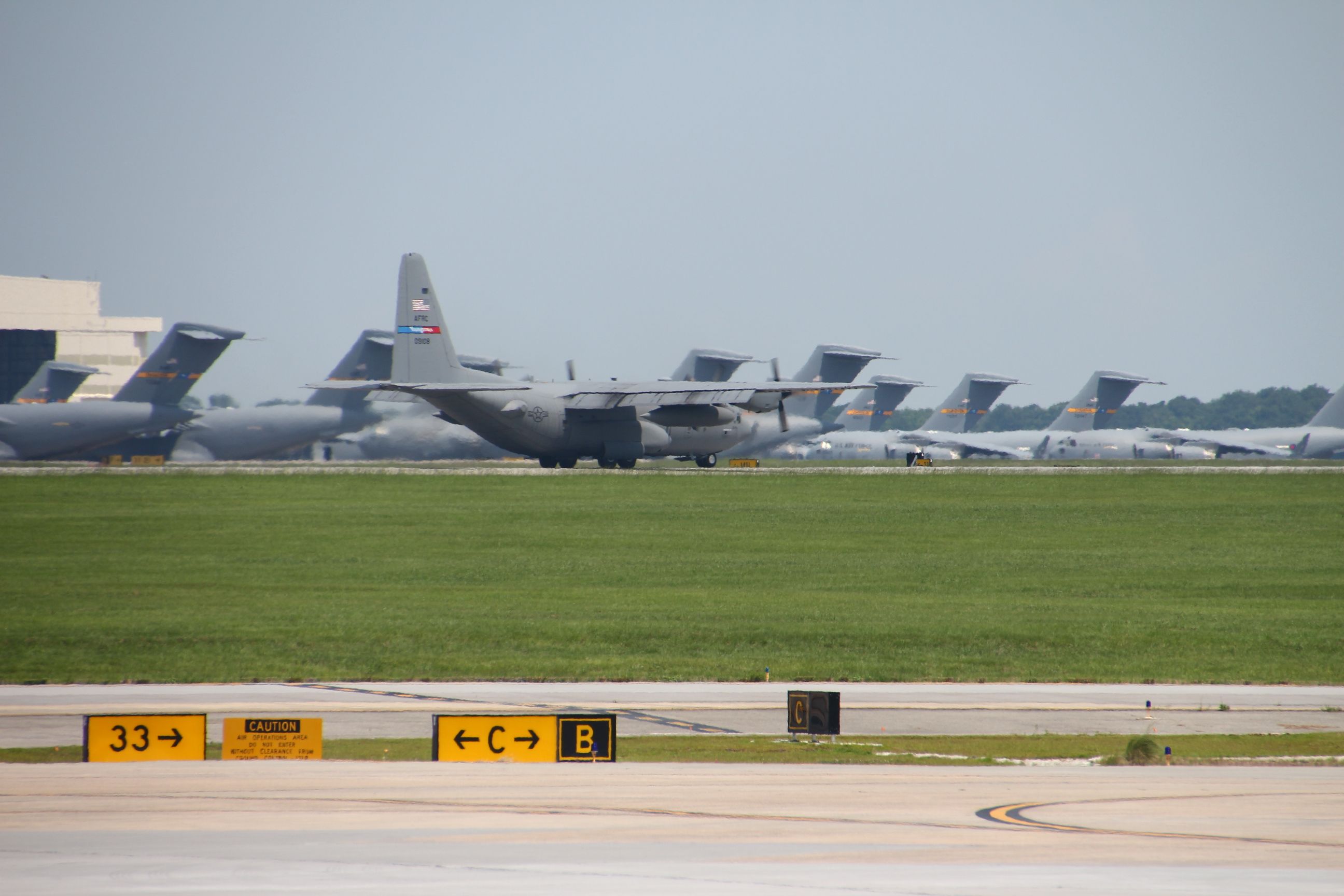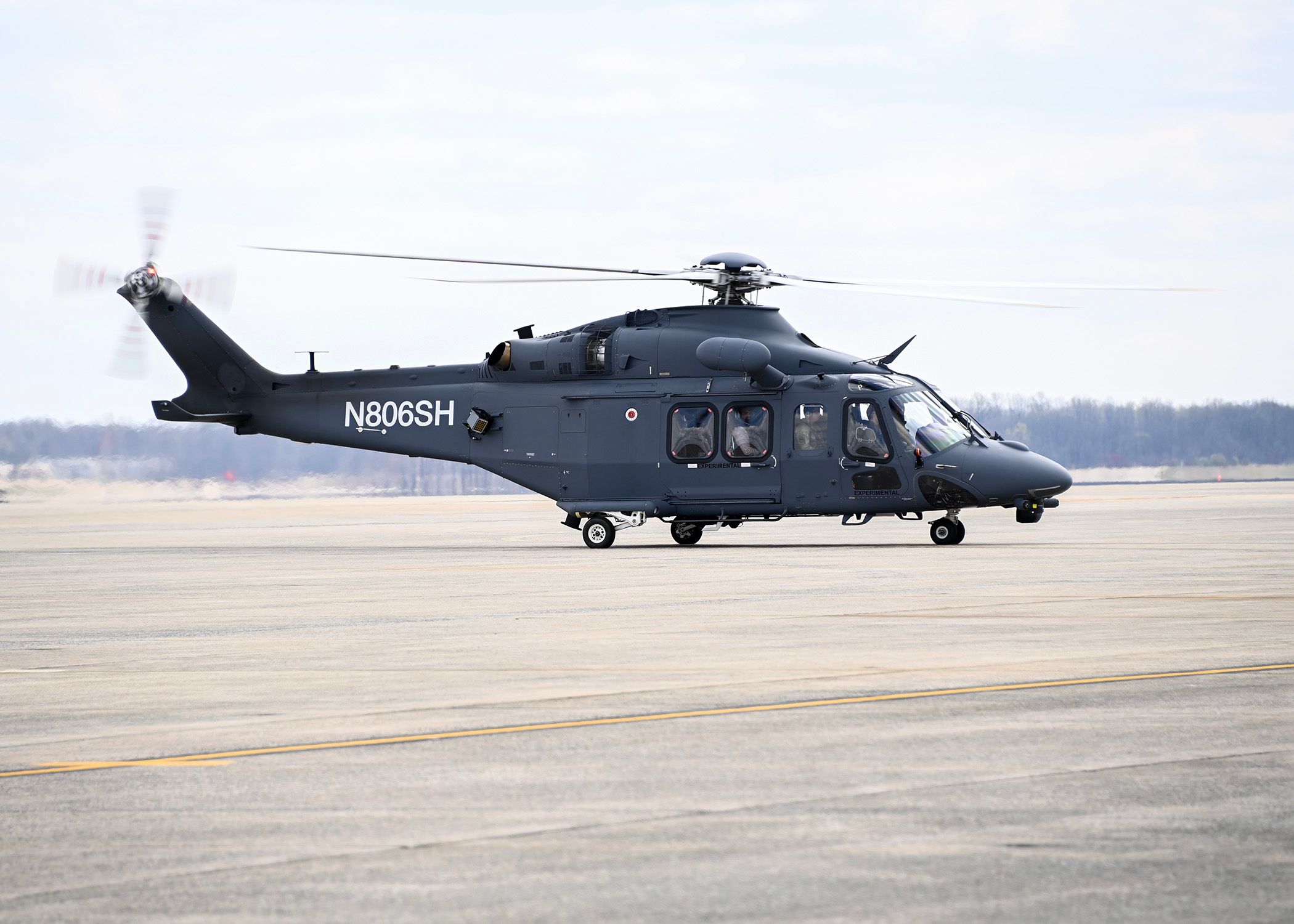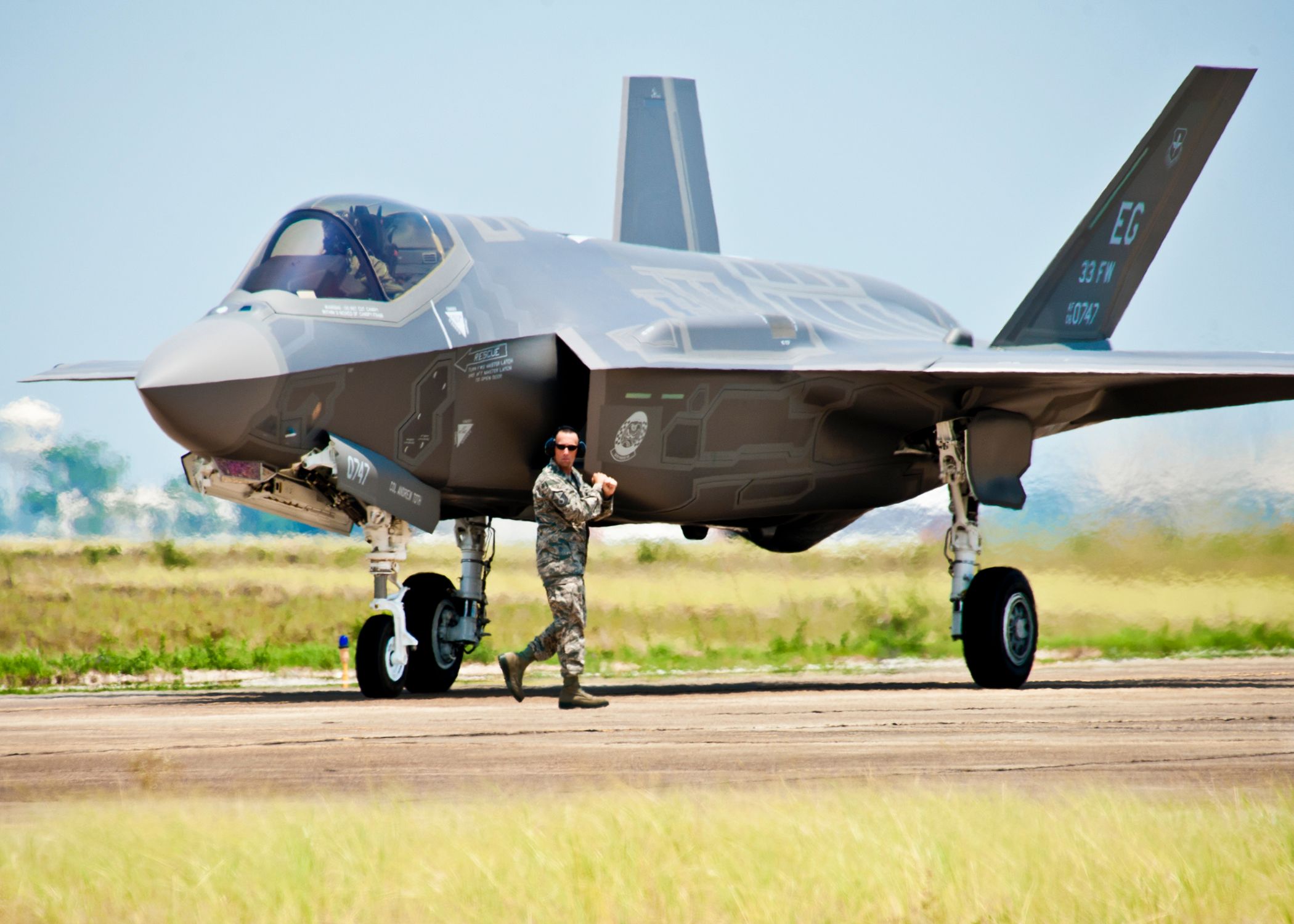In the United States, airports and airfields are broadly classified into two categories based on their usage. Public airports are used by commercial or private operators, ranging from the largest intercontinental airports to smaller regional airfields focused on recreational flying and private jet travel.
Military airfields, by contrast, serve a far more strategic purpose as they support the actions, initiatives, and personnel of the United States Armed Forces. Some military air bases serve the United States Air Force's combat divisions, featuring fighters, attack aircraft, and long-range bombers. Other airports operated by the military serve a far more strategic purpose, such as Andrews Air Force Base, which hosts the 89th Airlift Wing, the subdivision tasked with handling executive transportation for the federal government.
Some unique airports blend elements of both categories and are thus known as joint-use airports. Most of these facilities are owned and operated by the US Armed Forces but are authorized for some level of civilian usage. In certain circumstances, military operations take place at civilian airports; however, this can often become a logistical burden for the facilities as military objectives must be factored into decisions and day-to-day activity.
Why joint-use airports are good
Joint use can provide benefits to both government and civilian parties through the sharing of facilities which can both improve efficiency and work to decrease costs. Furthermore, joint-use airports can play a crucial role in many emergency services, such as connecting remote areas to aerial ambulances or aerial firefighting equipment.
Additionally, the FAA maintains multiple sets of guidelines for when a civilian operator would like access to a military airfield, to ensure fair pricing. Utilizing military infrastructure can make opportunities available to civilian aircraft that did not exist before.
What are some joint-use airports?
There are ten joint-use airports currently in operation by the United States Air Force, which span across the country in size and scope of civilian operations. Seven of these are Air Force Bases (AFBs), two are Air Reserve Bases (ARBs), and the final is Air Force Plant 42 in Palmdale, California.
Ten more joint-use airports are operated by the United States Army, nine of which are Army Airfields (AAFs), and the remainder is Sparta/Fort McCoy Airport in Wisconsin. One facility operated by the United States Navy, the Marine Corps Air Station (MCAS) in Yuma, Arizona, is also designated for mixed-use.
There is significant variance by facility in terms of the scope of civilian operations at mixed-used airports. Some locations feature scheduled commercial service. Dover AFB in Dover, Delaware, is an excellent example of an airport that falls into this category. The airport sees daily service from Federal Express, which flies a daily cargo route between the base and the carrier's global hub in Memphis, Tennessee.
Get all the latest aviation news for North America here.
Dillingham AAF in Hawaii, for example, serves a very different purpose as a center for departing skydiving flights. Sherman Army Airfield primarily focuses on recreational and private flying and is a good example of a joint-use airport where civilian operations are the majority, with 93% of the facility's traffic coming from such flights.




